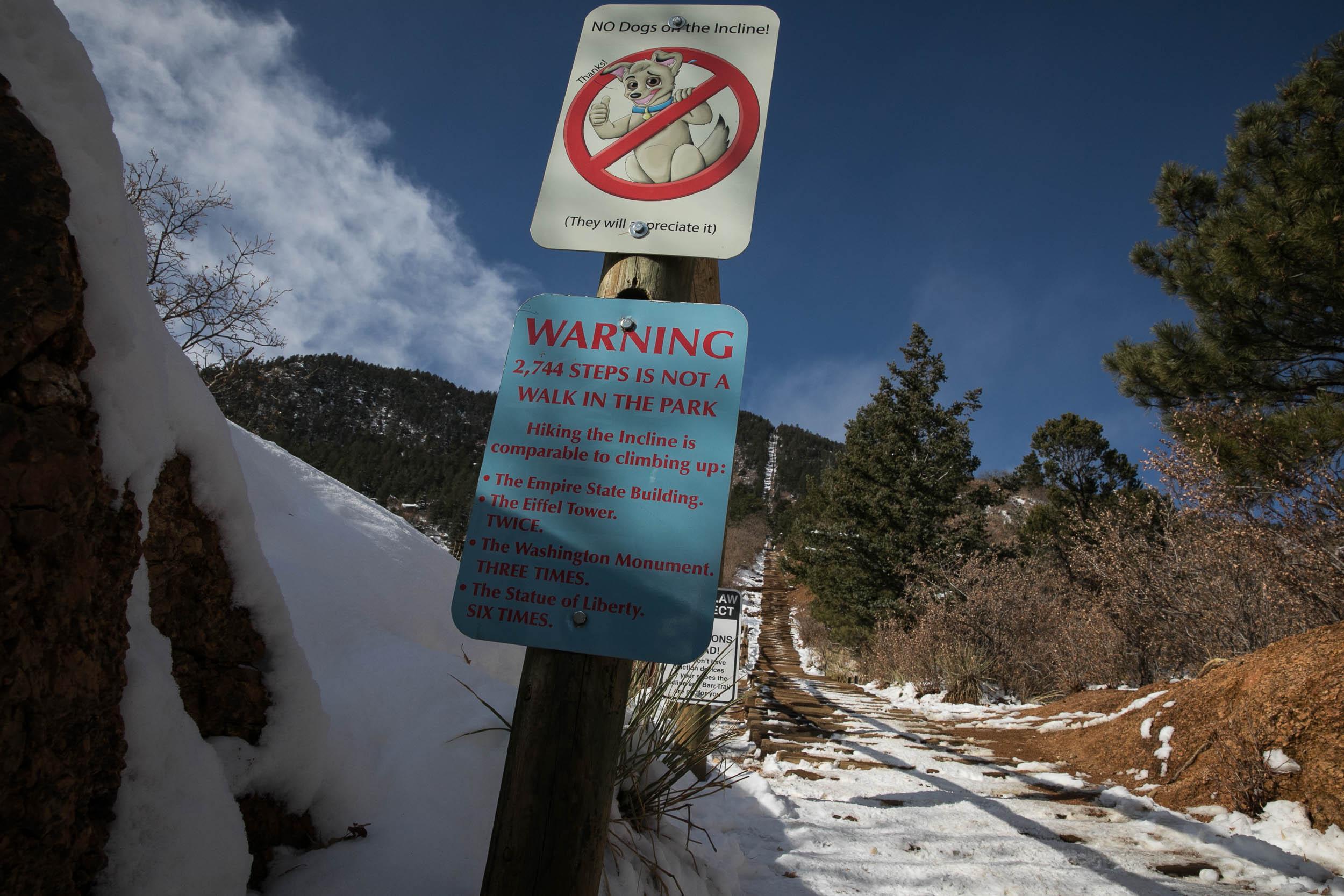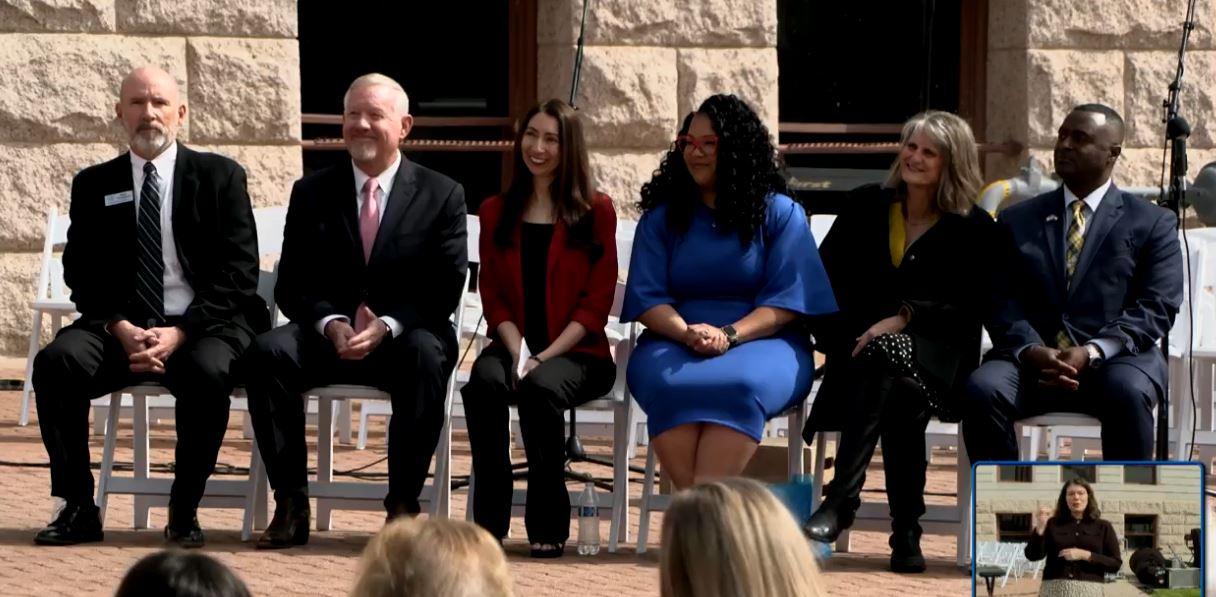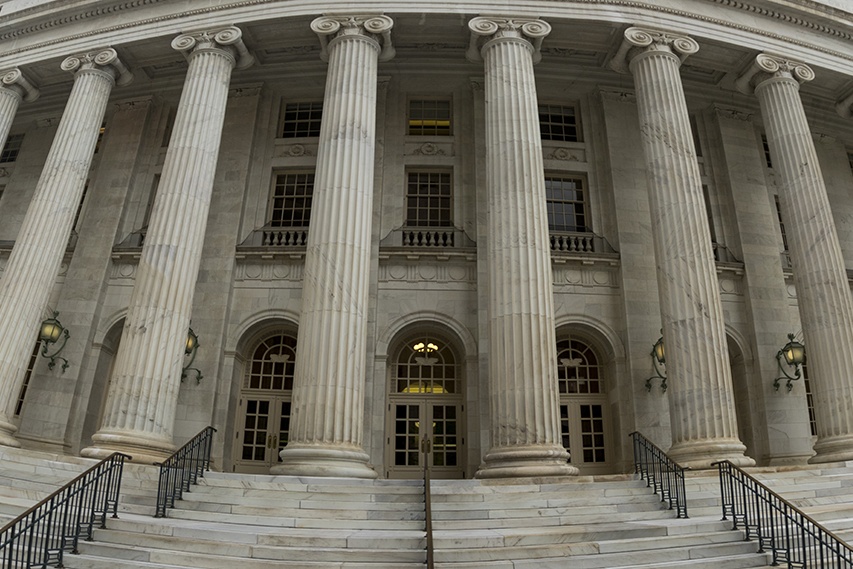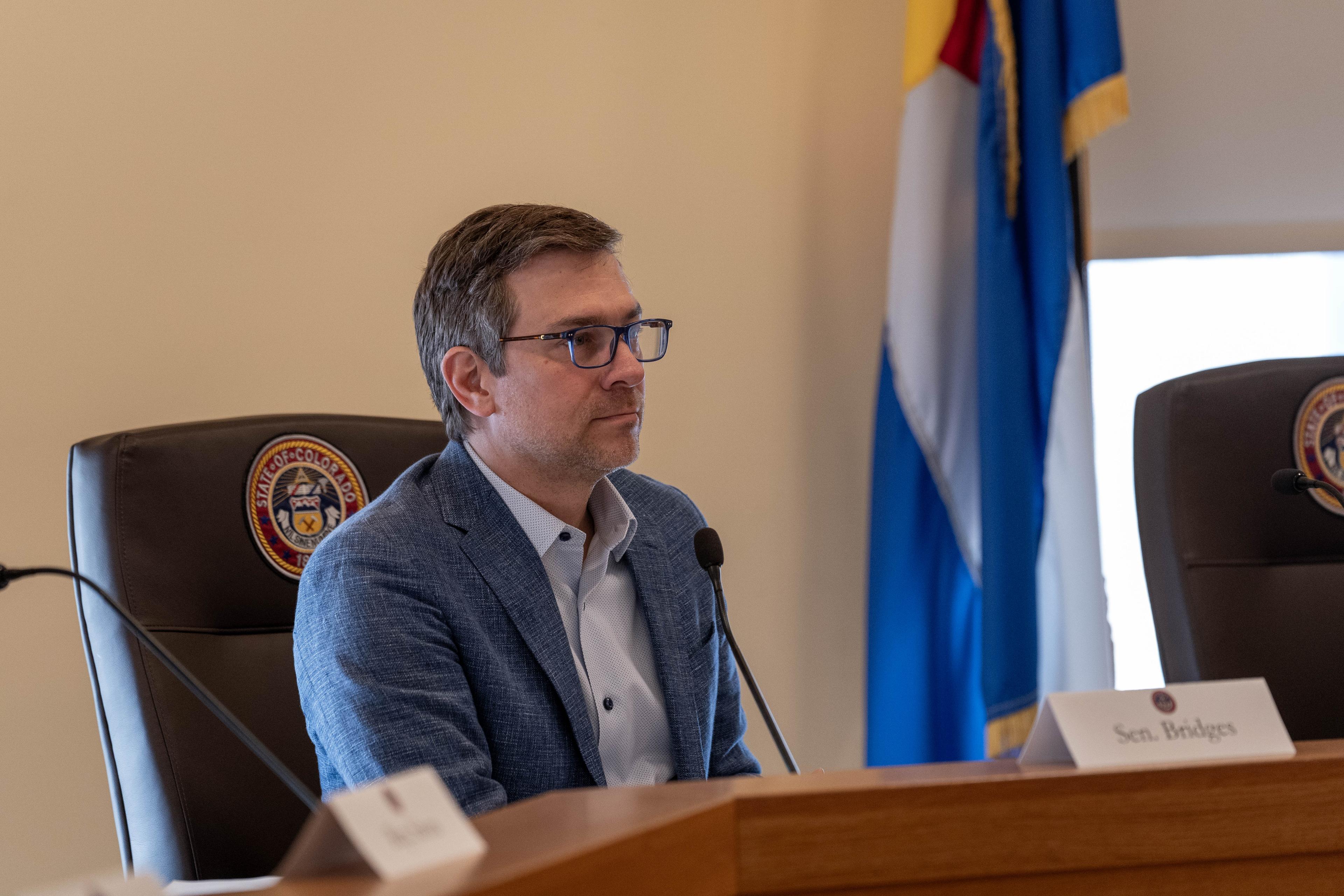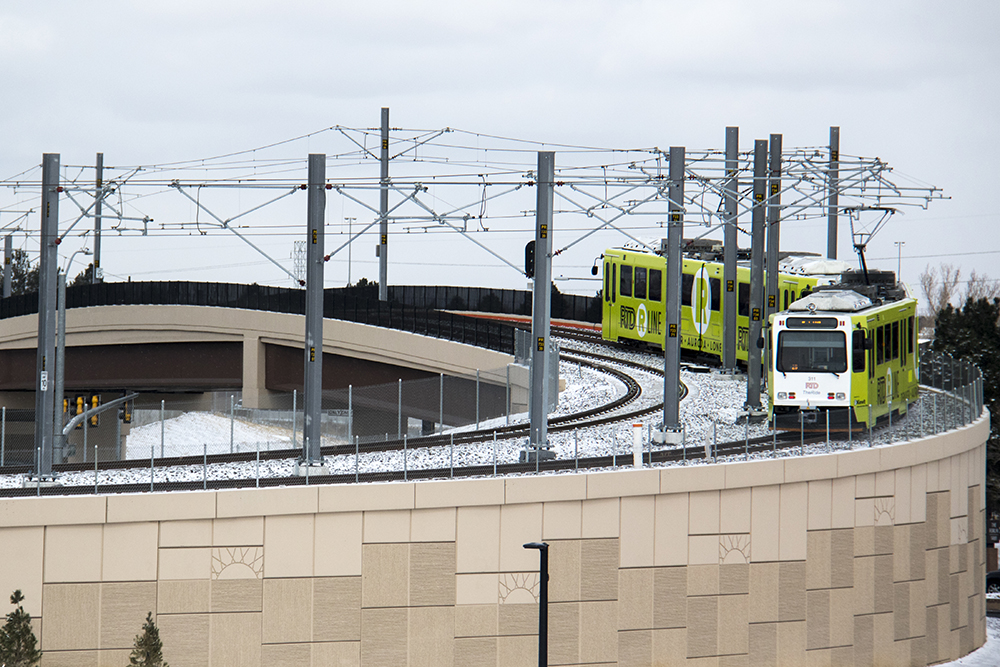
The Regional Transportation District has asked the federal government for permission to cut service on its low-performing R Line, which travels between I-70 and Lone Tree along I-225 in Aurora.
The Federal Transit Administration gave RTD a $92 million grant to build an extension of the E, F and R lines to Ridgegate Parkway on the fringes of the southern Denver metro. Attached to that money, though, is the requirement that RTD run at least eight trains total an hour during off-peak hours to the three new stops — which effectively applies to the entirety of those three lines.
RTD currently runs four R Line trains an hour.
The agency is asking to cut that number to two during off-peak weekday hours and on weekends as part of a larger proposal to temporarily reduce service across the district to give its overworked drivers a break. It marks the first time the agency has said where those cuts could actually happen.
The agency is short around 140 bus and light rail operators, leading to dropped runs and unhappy riders. The agency has forced drivers to work overtime for about four years to meet service demands. That has contributed to the retention problem.
“We project that this modification will allow us to decrease our level of mandating and will help us reverse the downward trends in operator headcount, eventually affording RTD the opportunity to reduce mandates and recover back to a more sustainable operator headcount,” RTD’s CEO and General Manager Dave Genova wrote in a letter to the FTA.
CPR News obtained a draft of the letter under the Colorado Open Records Act.
An FTA spokeswoman confirmed it had received RTD’s request. At an agency board meeting Tuesday, Genova told the board he expects to hear back from the FTA in four to six weeks.
Some riders, and higher-profile officials like Rep. Matt Gray, have publicly wondered whether RTD’s proposed service cuts will indeed be temporary as the agency has said they will be. In his letter, Genova asked for permission to cut service “at least through the end of 2021, hopefully allowing RTD the time needed to recover.”
RTD spokeswoman Pauletta Tonilas said that timeline is exclusive to the R Line and should not be taken as a sign of how long other service cuts could last.
“We want some wiggle room,” Tonilas said.
R Line ridership has hovered between 126,000 and 187,000 riders a month in 2019, making it the lowest-ridden light rail route outside of the downtown-only L Line. RTD had proposed cuts shortly after it opened in 2017, but got pushback from local officials in Aurora. Tonilas said the agency wants to see how well the line operates under a reduced schedule.
RTD will present results from their surveys of the public on the overall service cut proposal later this week. Staff will present the board with a more detailed plan in December or January, and a vote could happen in February. Actual cuts would go into effect in the spring.

